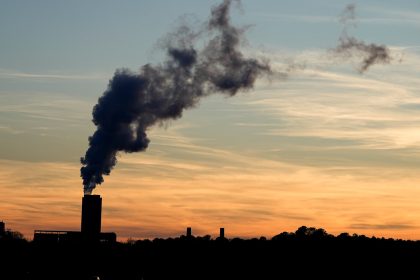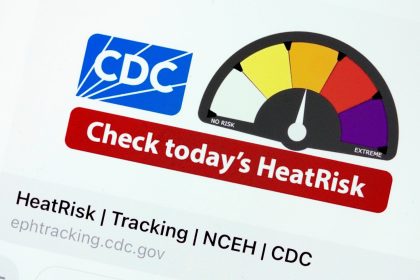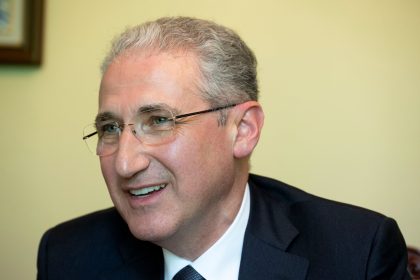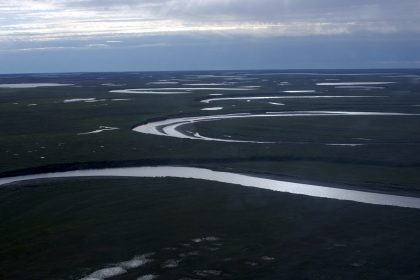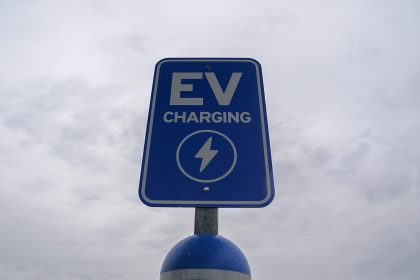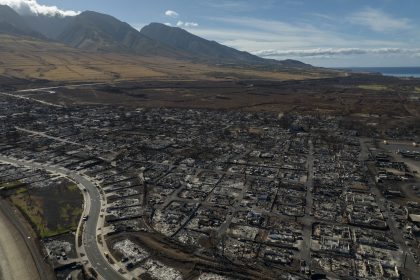Satellite Observations Uncover Methane Emissions
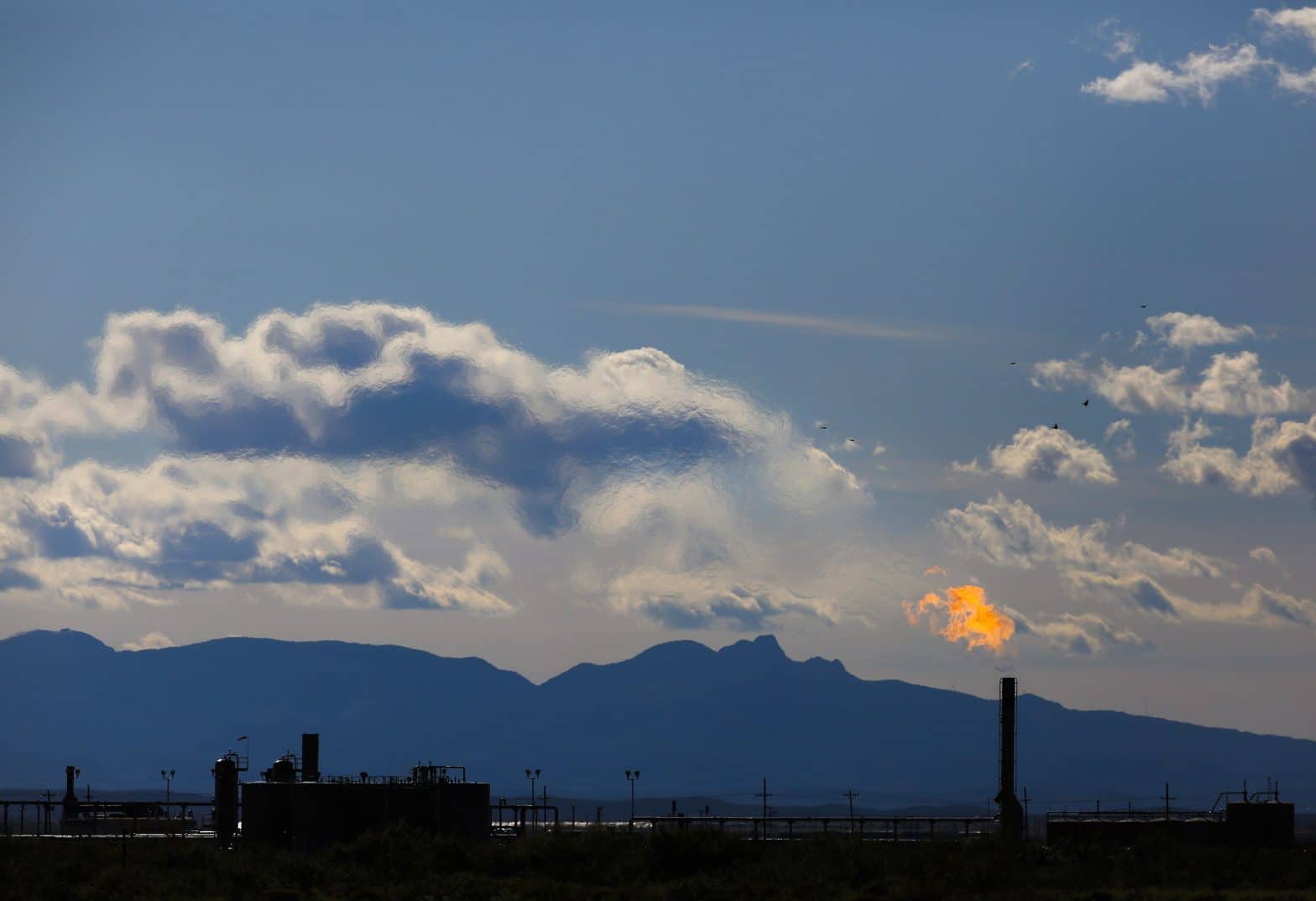
SAN ANTONIO — International scientists gathering data collected by satellites have discovered significant amounts of methane emissions leaking into the Earth’s atmosphere from gas pipelines, oil fields and landfills around the world.
Teams of experts monitoring satellite-based instruments from the Netherlands Institute for Space Research and the Canadian emissions-monitoring company GHGSat have discovered immense methane concentrations originating from facilities across the globe. Some of the largest methane-producing emitters include landfill sites near Madrid, Spain, the Yamal-Europe pipeline — which spans Russia, Belarus, Poland and Germany — and oil and gas fields in Turkmenistan.
Methane produces 84 times more greenhouse gas warming per unit than carbon dioxide on a 20-year time scale, according to the United Nations International Panel on Climate Change. Further, much of the methane emitted from the oil and gas industry can be eliminated, captured and sold to manufacture organic chemicals.
“Methane is the second most powerful greenhouse gas and an important cause of air pollution,” Frans Timmermans, executive vice president for the European Green Deal, said in a written statement. “Our methane strategy ensures emissions cuts in all sectors, especially agriculture, energy, and waste. It also creates opportunities for rural areas to produce biogas from waste. The European Union’s satellite technology will enable us to closely monitor emissions and help raise international standards.”
Oil and gas field operations are required to construct flare installations that prevent methane from escaping into the atmosphere, suggesting that many facilities are emitting methane through negligence. Ilse Aben, senior scientist at the Netherlands Institute for Space Research, said in an interview with Space.com that he and his team have observed unexpected amounts of methane emitters on a global level.
Climate researchers like Aben piece together data collected by a tropospheric monitoring instrument called Tropomi aboard the European Sentinel 5P satellite, which itself is part of the Copernicus satellite program operated by the European Space Agency. GHGSat currently operates three satellites with methane-detecting capabilities, and the company collaborated with Aben’s team in revealing the colossal methane emitters.
“While the energy, agriculture and waste sectors all have a role to play, energy is where emissions can be cut the quickest with least costs,” European Commissioner for Energy Kadri Simson said in a written statement. “Europe will lead the way, but we cannot do this alone. We need to work with our international partners to address the methane emissions of the energy we import.”
American companies share some of the blame for the emissions as well. U.S. climate scientists used Tropomi data to unveil vast quantities of methane from uncapped gas wells in Pennsylvania and a gas well blowout in Ohio that resulted in weeks of uncontrolled methane discharge.
World leaders including President Joe Biden introduced a global pledge during the U.N. Climate Change Conference to cut methane emissions by 30% by 2030. First proposed in September ahead of the COP26 summit, Biden and European Commission President Ursula von der Leyen vigorously urged leaders from countries around the world to join them in committing to the Global Methane Pledge.
Methane accounts for about half of the 1.0 degree Celsius net rise in global average temperature since the pre-industrial era, according to IPCC data. Reducing methane emissions alone could lower projected atmospheric warming by half a degree Fahrenheit by 2050 and is widely viewed by climate scientists as the most actionable form of climate change mitigation.
“Several major emitters have announced new emission reduction targets,” von der Leyen said in a written statement on the climate change conference’s results. “More than 100 countries have now joined the Global Methane Pledge that President Biden and I launched. We have embarked on new partnerships to support countries on their transition to clean energy, such as with South Africa. COP26 is sending a clear message that time is up for fossil fuel subsidies and unabated coal.”
Reece can be reached at [email protected]



















